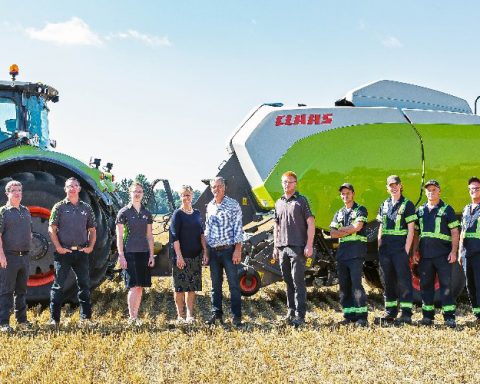There is a fierce debate in the automotive world over superiority of the timing belts or the timing chain.
Proponents of the timing chain cite durability and longevity as key advantages. On the other hand, timing belts are lighter, quieter, and can be more efficient.
My first experience with the chain vs. belt debate began with the 2003 Ford Focus SVT I picked up in college. A lightweight hot hatchback with a naturally aspirated, Cosworth-tuned engine? And all it needs is a new clutch and timing belt? Sign me up!

Completely novice mechanic that I was, I quickly learned that changing a timing belt was not the same as changing a serpentine belt. This wasn’t a “throw a 17mm socket on a breaker bar, de-tension the idler pulley, and put the new belt on in thirty seconds” kind of job. After tearing down and rebuilding the timing system- and discovering where a previous owner had stripped the timing sprockets- I was left wondering: wouldn’t it be simpler to just use a timing chain?
In an automotive context, yes. Most automakers today use timing chains instead of belts- even on performance vehicles. Unless an engine builder needs to seriously reduce weight, modern timing chains can run as quietly and efficiently as a timing belt would. And, in most cases, they last the life of the engine.
If your vehicle- whether it’s a Subaru Forester or a Ford Super Duty- can use a chain, why can’t your heavy equipment? Why can’t your harvester use pulleys and sprockets instead of gears? If it did, in theory, you would never have to replace a belt again.
Most of the belt drive’s advantage in heavy machinery comes down to one simple fact:
Belt drives can slip if needed, chains cannot.

The belt drive in a harvester is designed to transmit a massive amount of power. If there is some unexpected resistance, like from a misaligned pulley or excessive load, the belt can (and usually will) compensate for the force by slipping. Excessive belt slip is the enemy, but some minor belt slip is actually essential.
The same principle applies to your car’s serpentine belt. Say your alternator shaft is corroding, or your power steering pump is improperly installed. These phenomenons will create resistance and reduce the speed the pulley can turn at. Because the pulley cannot turn as fast as the rest of the belt drive, you may experience excessive slip at that pulley- causing your belt to squeal, glaze, get hot, annoy your neighbors in the morning, and eventually warp and fall off when you start up your Jeep at a rural Idaho campground (ask me how I know.)
This probably sounds aggravating- but it’s better than the alternative. Think of the belt as the system’s “failure point.” It’s much cheaper to replace a belt than several pulleys, bearings, and shafts.
Now, let’s imagine a scenario where your car- or agricultural machine- uses a chain drive instead of a belt. That chain’s durability, normally an advantage, is now your enemy. Instead of failing, the chain stays intact, allowing those other critical components (pulleys, bearings, shafts) to absorb the brunt of the damage.
Harvester v-belt (and serpentine belt) drives have another advantage: belt location isn’t critical. By contrast, pulleys in a timing chain or belt system must be set to exactly the right tooth. Skipping belt teeth is an indicator of an improperly tensioned belt, and will quickly destroy the belt- and, in an interference engine, the entire valve train.
If belt slip is necessary, why would I want to reduce it?
Proper belt slip is an essential longevity and safety feature. Improper or excessive belt slip is a costly maintenance money pit and efficiency disaster. Even a “small” belt slip rate of 8% leads to a 19% drop in machine power.
If your belts are slipping too much, you won’t only be replacing the belts- you’ll end up having to replace your pulleys, too, because slipping belts cause pulley wear.
You can easily replace the entire belt drive in your Kia with a trip to Autozone. At Extreme Industrial Coatings LLC, we aim to make solving industrial belt traction issues almost as easy.
We will take your old, worn pulleys and re-machine them to original factory groove profile. Then, we apply our Vulcan Grip® coating- the world’s first belt-friendly coating that improves belt traction and reduces belt slip. Find out more about our patented Vulcan Grip® process by clicking here.







